انبردست، یکی از ابزارهای مهم و کاربردی در صنایع مختلف و کارهای روزمره به شمار میرود. این ابزار که به دلیل طراحی ساده و چندمنظورهاش شناخته میشود، تاریخچهای غنی و جذاب دارد. در این مقاله، به بررسی تاریخچه انبردست و تحولاتی که این ابزار طی سالها تجربه کرده، خواهیم پرداخت.
۱. ریشههای اولیه
استفاده از ابزار برای دستکاری و تعمیر اجسام به قرنها قبل برمیگردد. باستانشناسان معتقدند که انسانهای اولیه از ابزارهای سادهای برای نگهداشتن و کنترل اشیاء استفاده میکردند. با گذشت زمان، نیاز به ابزاری که بتواند به طور همزمان عمل گرفتن، خم کردن و قطع کردن را انجام دهد، احساس شد.
۲. اختراع انبردست
انبردست به طور رسمی در قرن ۱۶ میلادی معرفی شد. در این دوره، ابزارهای دستی با طراحیهای جدیدی به بازار آمدند که کارایی بیشتری داشتند. انبردست به عنوان ابزاری با دو دسته و یک نقطه اتصالی، به کارگران و صنعتگران امکان میداد تا به راحتی اجسام را بگیرند و دستکاری کنند.
۳. توسعه و تنوع
در قرنهای بعد، انبردستها به تدریج دچار تحولاتی شدند. با پیشرفت علم و تکنولوژی، انواع مختلف انبردستها با ویژگیهای خاص طراحی شدند. به عنوان مثال، انبردستهای مخصوص الکتریکی با عایقهای مقاوم در برابر برق تولید شدند تا برای کار در محیطهای الکتریکی ایمنتر باشند.
۴. ورود به بازار مدرن
با آغاز انقلاب صنعتی در قرن ۱۸ و ۱۹، تولید انبردستها به صورت انبوه آغاز شد. این امر موجب دسترسی بیشتر مردم به این ابزار و استفاده از آن در کارگاهها و خانهها گردید. انبردستها به یکی از ابزارهای اساسی برای تعمیرات خانگی و صنعتی تبدیل شدند.
۵. انبردستهای چندمنظوره
در دهههای اخیر، طراحی انبردستها به سمت ابزارهای چندمنظوره سوق پیدا کرده است. انبردستهایی که شامل پیچگوشتی، قیچی و حتی لبههای برنده هستند، امکان انجام چندین کار را با یک ابزار فراهم میآورند. این نوع طراحی باعث افزایش محبوبیت انبردست در بین مصرفکنندگان شده است.
۶. آینده انبردست
با توجه به پیشرفتهای فناوری و نیازهای روزافزون، آینده انبردستها نیز به شدت تحت تأثیر قرار خواهد گرفت. ابزارهای هوشمند و اتوماسیون ممکن است به تدریج جایگزین برخی از کارکردهای انبردستهای سنتی شوند، اما ویژگیهای چندمنظوره و طراحی کاربرپسند این ابزار، آن را از رقبا متمایز خواهد کرد.
نتیجهگیری
انبردست، به عنوان ابزاری کارآمد و ضروری، تاریخچهای پربار و جالب دارد. از ریشههای اولیه آن در جوامع باستانی تا طراحیهای مدرن و چندمنظوره، این ابزار توانسته است خود را به عنوان یکی از ملزومات اصلی زندگی روزمره تثبیت کند. با پیشرفت فناوری و تغییر نیازهای بازار، انبردستها نیز به تکامل خود ادامه خواهند داد و همچنان به عنوان ابزاری کلیدی در دست حرفهایها و علاقمندان به کارهای دستی باقی خواهند ماند.
Parallel pliers
have jaws that close in parallel to each other, as opposed to the scissor-type action of traditional pliers. They use a box joint system to do this, and it allows them to generate more grip from friction on square and hexagonal fastenings.[۲]
There are many kinds of pliers made for various general and specific purposes.
History
As pliers in the general sense are an ancient and simple invention, no single inventor can be credited. Early metal working processes from several millennia BCE would have required plier-like devices to handle hot materials in the process of smithing or casting. Development from wooden to bronze pliers would have probably happened sometime prior to ۳۰۰۰ BCE.[۳] Among the oldest illustrations of pliers are those showing the Greek god Hephaestus in his forge.[۴] The number of different designs of pliers grew with the invention of the different objects which they were used to handle: horseshoes, fasteners, wire, pipes, electrical, and electronic components.
Design
The basic design of pliers has changed little since their origins, with the pair of handles, the pivot (often formed by a rivet), and the head section with the gripping jaws or cutting edges forming the three elements.
The materials used to make pliers consist mainly of steel alloys with additives such as vanadium or chromium, to improve strength and prevent corrosion. The metal handles of pliers are often fitted with grips of other materials to ensure better handling; grips are usually insulated and additionally protect against electric shock. The jaws vary widely in size, from delicate needle-nose pliers to heavy jaws capable of exerting much pressure, and shape, from basic flat jaws to various specialized and often asymmetrical jaw configurations for specific manipulations. The surfaces are typically textured rather than smooth, to minimize slipping.
A plier-like tool designed for cutting wires is often called diagonal pliers. Some pliers for electrical work are fitted with wire-cutter blades either built into the jaws or on the handles just below the pivot.
Where it is necessary to avoid scratching or damaging the workpiece, as for example in jewellery and musical instrument repair, pliers with a layer of softer material such as aluminium, brass, or plastic over the jaws are used.
Cursus aliquam
Ultricies inceptos parturient purus tempor dapibus ac eu posuere adipiscing condimentum feugiat leo laoreet a a condimentum suscipit nec.Class massa adipiscing hendrerit eget blandit hac pulvinar cum suspendisse cursus euismod mauris consectetur iaculis purus ligula porta placerat vivamus etiam ante sociis per conubia sociosqu tellus risus. Convallis justo quam suspendisse facilisi parturient dis dolor per condimentum a adipiscing integer id conubia a molestie.Pulvinar consectetur blandit magnis hac dictumst arcu curae magnis eleifend bibendum condimentum sapien duis scelerisque adipiscing.


 ابزار برقی
ابزار برقی

 ابزار دستی
ابزار دستی







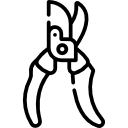

 ابزار بادی
ابزار بادی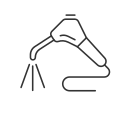




 ابزار برش و جوش کاری
ابزار برش و جوش کاری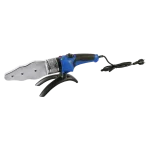



 کارواش
کارواش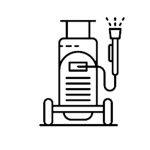
 ابزارالات دقیق و اندازه گیری
ابزارالات دقیق و اندازه گیری




 متعلقات ابزار
متعلقات ابزار
 ابزار آلات جا به جایی
ابزار آلات جا به جایی




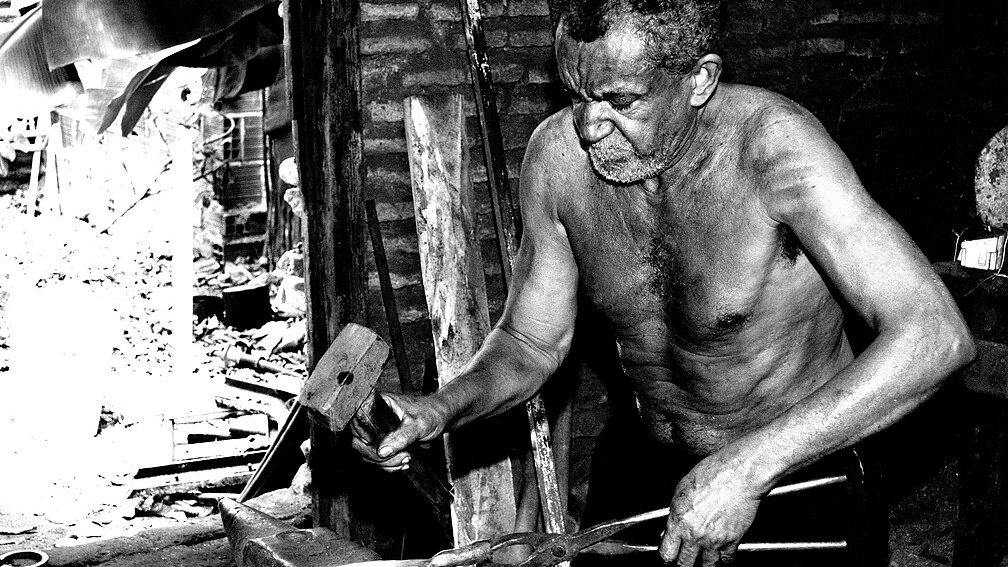
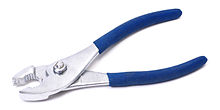
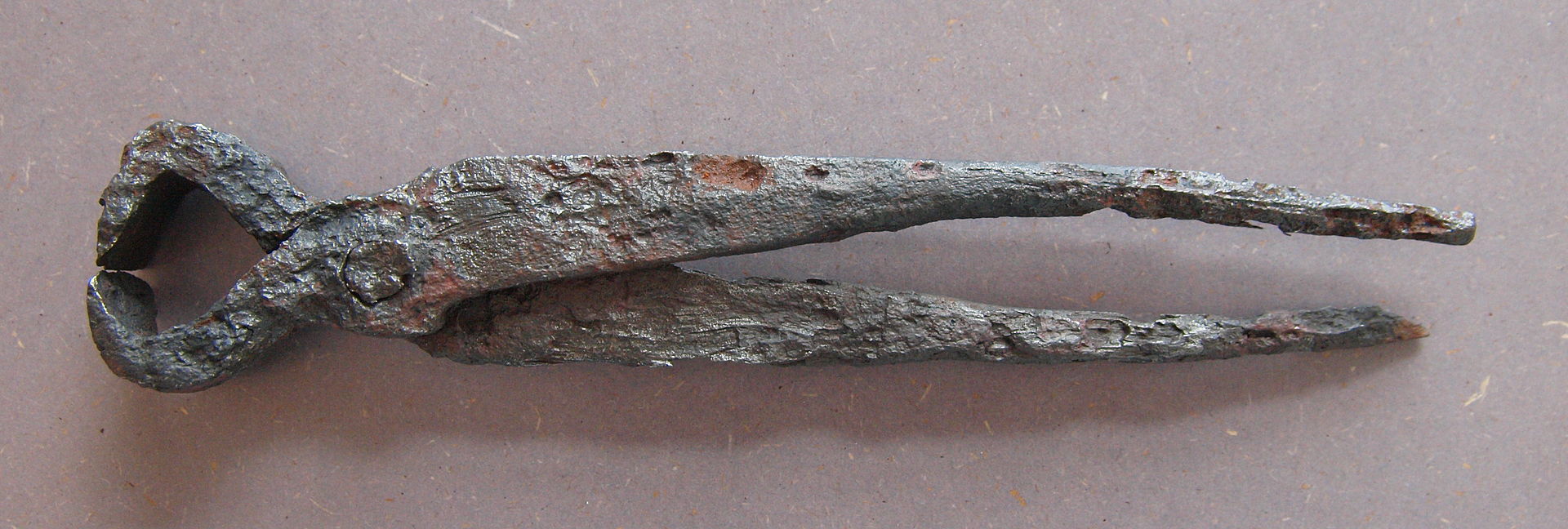

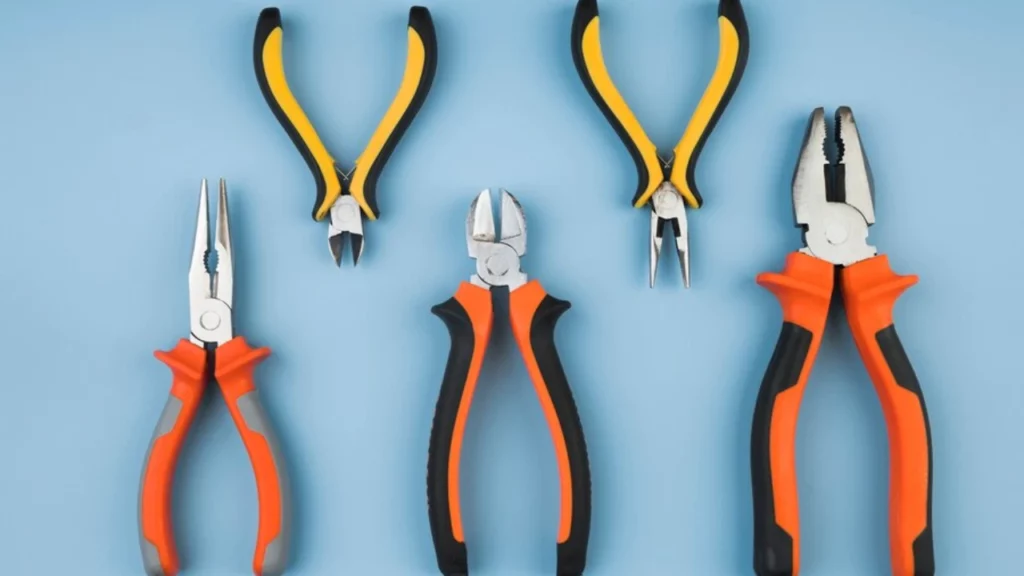
 آچار تخت و رینگی
آچار تخت و رینگی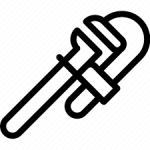 آچار شلاقی
آچار شلاقی
good document